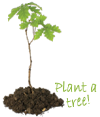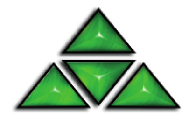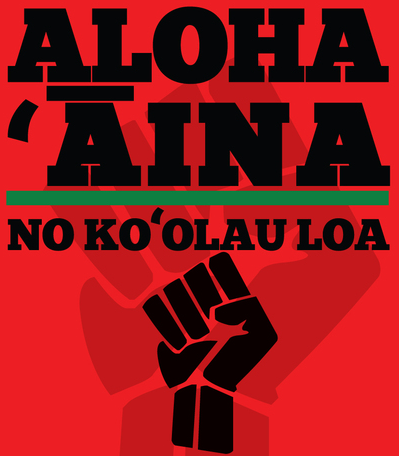News of the French Revolution and the American Revolutionary War fostered liberal ideas among Latin American intellectuals and politicians. The Viceroyalty of Río de la Plata, created in 1776 and encompassing what is now Chile, Paraguay, Argentina, Uruguay and part of Bolivia, fell apart when Napoleon invaded Spain and deposed the monarch, Ferdinand VII. The propsering port city of Buenos Aires presented an attractive target to the British, now engaged in the Peninsular Wars in Europe. The British invaded in 1806 and again in 1807 and were repulsed. Repelling a superior world force gave confidence to the colonial forces who turned their attention to their own political situation.
After the French seized power in Spain, wealthy merchants in Buenos Aires were the driving force behind a revolutionary movement. On 25 May 1810, the cabildo of Buenos Aires deposed the viceroy and announced that it would govern on behalf of king Fernando VII. The city formed its own junta and invited the other provinces to join. However, disagrement among the political factions delayed a formal declaration of independence.
While discussions ensued, military campaigns led by General Jose de San Martin in Argentina and other South American countries between 1814 and 1817 made independence from Spain increasingly a reality.
It wasn’t until March of 1816, following Napoleon’s defeat at Waterloo, that representatives of the various provinces met in Tucumán to discuss the future of their country. On July 9 the delegates met in the Bazán family home, now the Casa Histórica de la Independencia museum, to proclaim their independence from Spanish rule and the formation of the United Provinces of South America later the Provincias Unidas del Río de la Plata.
The Acta de la Declaración de la Independencia Argentina signed, the newly formed congress couldn’t reach agreement on a form of government. They appointed a supreme director, but many delegates preferred a constitutional monarchy. Others wanted a centralized republican system, still others a federal system. Unable to reach consensus, the opposing beliefs eventually led to a civil war in 1819.
Taking power, Juan Manuel de Rosas, ruled from 1829 to 1852 while acting as a caretaker of the external relations of the whole country, who lacked any other form of federal government. Acknowledged as a tyrant, Rosas was overthrown by a revolution led by General Justo José de Urquiza under whom Argentine national unity was established, and a constitution promulgated in 1853.
 Plant A Tree: Mendo Matté® has committed to planting a tree for every bag that we sell online & wholesale. When you purchase a bag you plant a tree!
Plant A Tree: Mendo Matté® has committed to planting a tree for every bag that we sell online & wholesale. When you purchase a bag you plant a tree! How so: The site you are on now runs the entire company of Mendo Matté® and our 3 divisions. We no longer use paper -or- have an office. We use hard disk storage instead of filing cabinets. None of our employees commute to work. We use a 3rd party distribution center. Most packaged products are made of biodegradable bags. We even try to use recycled boxes.
How so: The site you are on now runs the entire company of Mendo Matté® and our 3 divisions. We no longer use paper -or- have an office. We use hard disk storage instead of filing cabinets. None of our employees commute to work. We use a 3rd party distribution center. Most packaged products are made of biodegradable bags. We even try to use recycled boxes.















